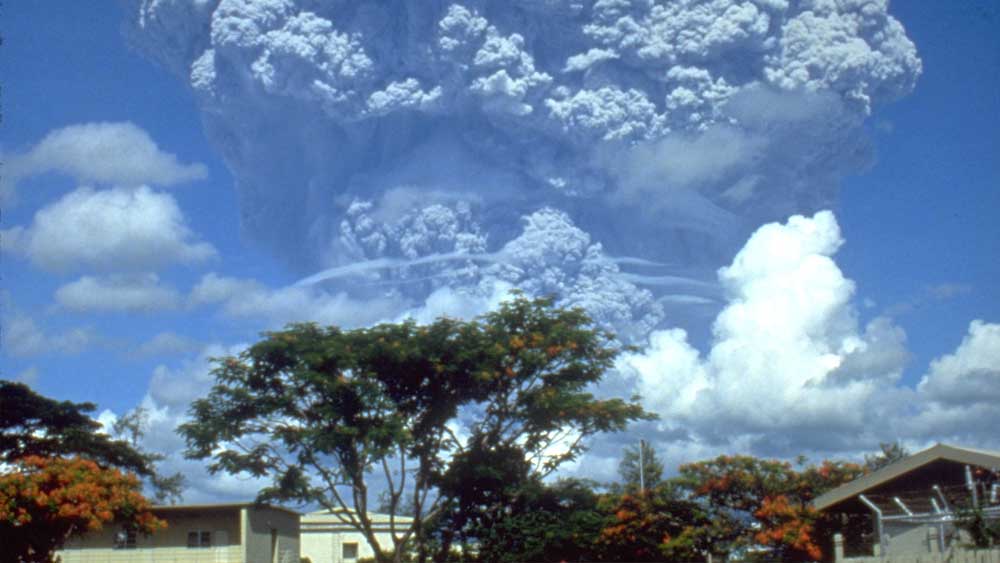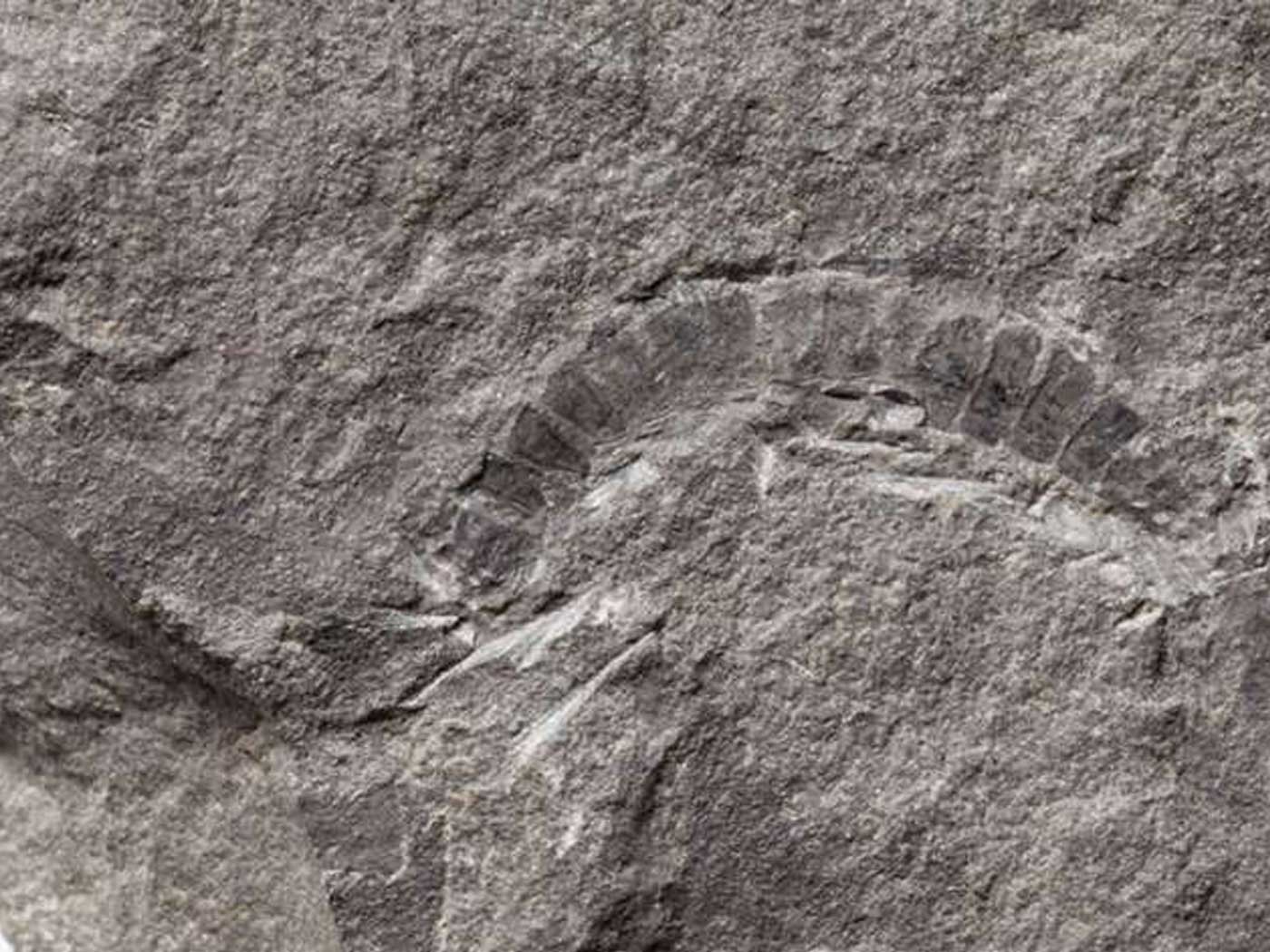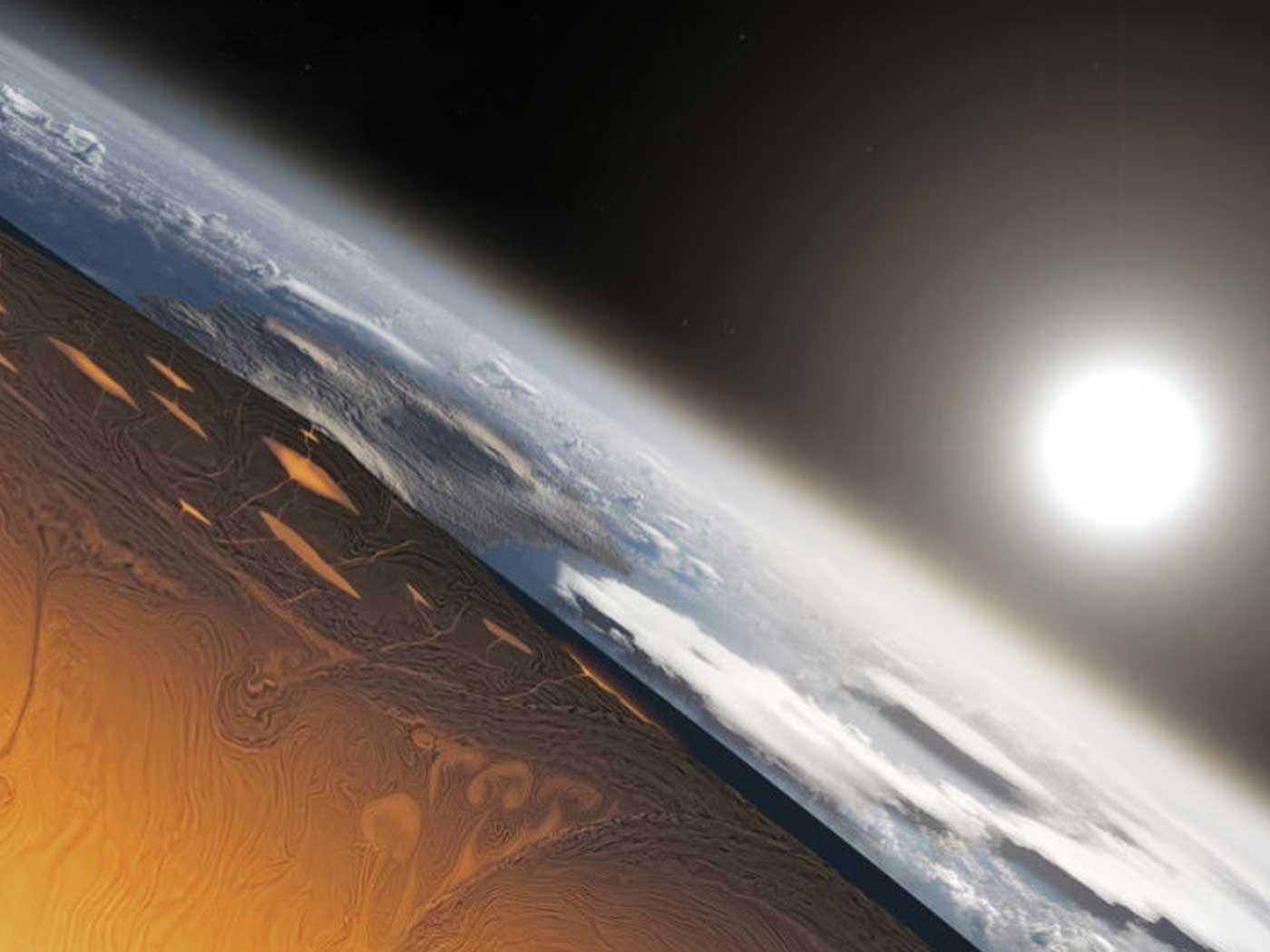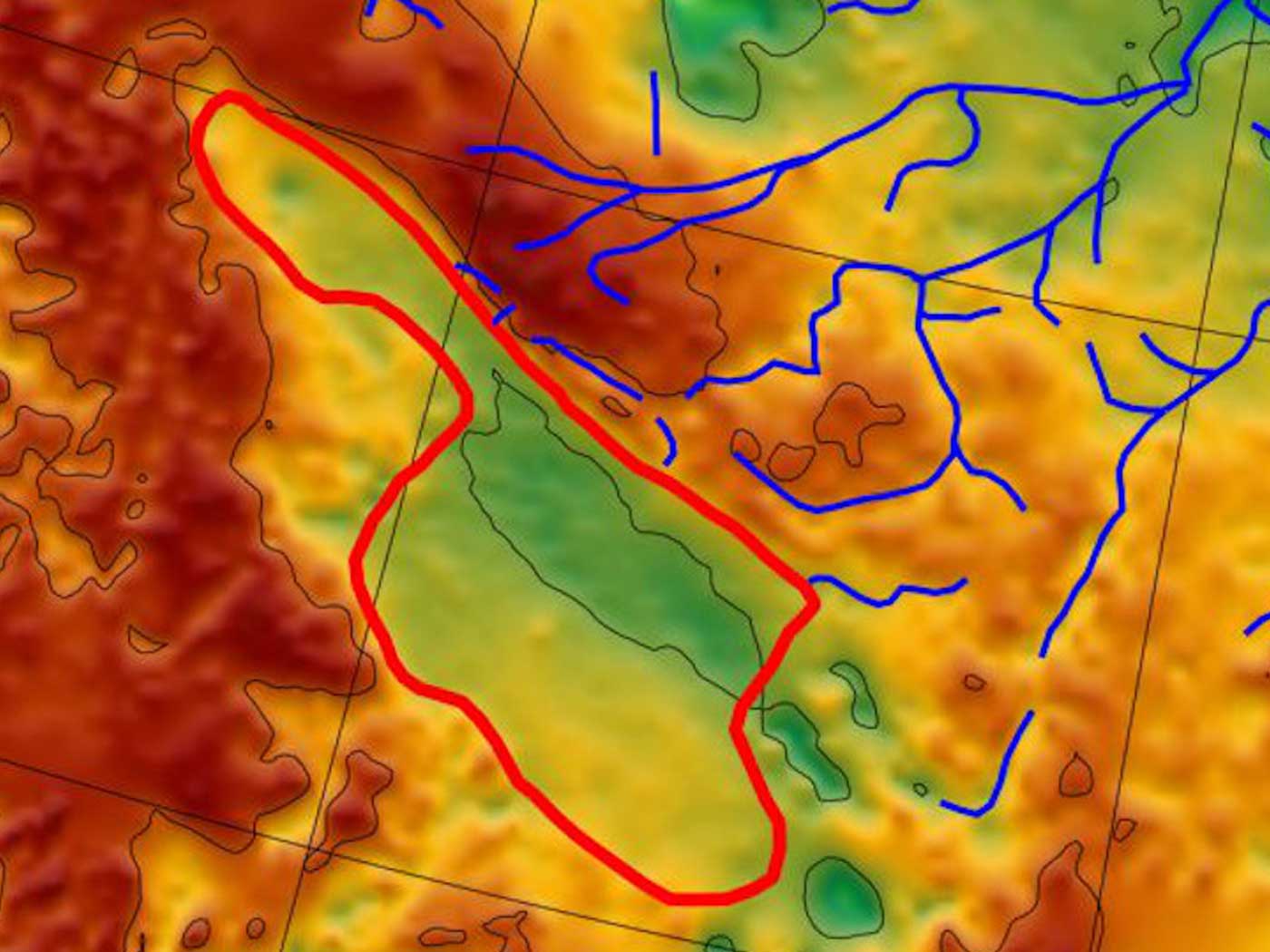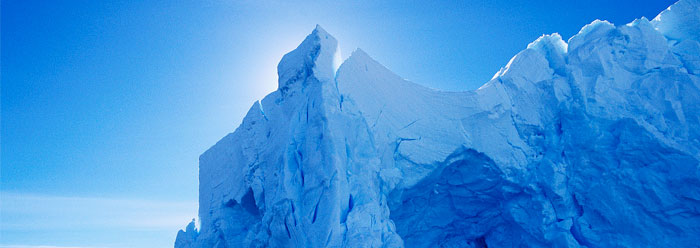Here at ICR we generally think alarmism over “global warming” or “climate change” is unwarranted. We aren’t necessarily endorsing this proposal, but we can use it to shed light on what really caused the Ice Age.
An Ice Age requires cooler summers. Cooler summers will allow some, or most, snow and ice to survive the summer months. The following winter, still more snow and ice will be deposited. If these cooler summers persist for many years, thick ice sheets will develop, resulting in an Ice Age.
Scientists have long known that large, explosive volcanic eruptions can cause cooler summers. The year 1816 has been called “the year without a summer” because of its much colder summer temperatures, the result of the large Mt. Tambora eruption in 1815.3 A 1988 study of late 20th century explosive volcanic eruptions showed that they caused summer cooling,4 which has been confirmed by more recent studies:
Warmer than average winters and cooler than average summers over continental Northern Hemisphere areas have been documented and modeled after several eruptions, including Pinatubo (fig. 11; Robock and Mao, 1992; Graf and others, 1993), and this appears to be part of the normal Northern Hemisphere response after volcanic aerosol events (Groisman, 1992; Robock and Liu, 1994).5,6
Explosive volcanic eruptions can belch large amounts of sulfur dioxide into the atmosphere. Atmospheric chemical reactions involving this SO2 form tiny droplets of sulfuric acid (H2SO4) that can remain in the stratosphere for years. These droplets reflect sunlight back into space, resulting in cooler summers.
Since an Ice Age requires cooler summers, explosive volcanic eruptions would seem to be an obvious candidate for this cooling. Yet such eruptions play, at best, only a secondary role in the dominant secular ice age model. The most popular theory (Milankovitch theory) holds that the timing of ice ages is controlled by slow, gradual changes in Earth’s orbital and rotational motions. Yet, this theory has many problems, and the evidence for the theory (hypothesis, really) is weak at best and non-existent at worst.7-9 It should also be noted in passing that the assumption that this theory is correct is one of the main arguments for catastrophic “climate change,” as climate alarmists themselves have acknowledged.10,11
So why don’t secular models make better use of volcanic cooling to explain an Ice Age? Both creation and uniformitarian scientists think Earth has experienced a large amount of past volcanic activity. But because uniformitarian scientists insist that these volcanic eruptions were separated by millions of years, any resulting summer cooling is so “spread out” and “diluted” over vast ages that it really wouldn’t do a whole lot. Remember, these cooler summers need to persist for many years in order to get an Ice Age.
However, the Bible gives us the clues we need to solve this mystery. The hardened volcanic rocks that are evidence of cataclysmic past volcanism are intermingled with water-deposited sedimentary rocks that formed as a result of the Genesis Flood. This means that these volcanic eruptions occurred during the year-long Genesis Flood (mostly toward the end) and continued afterward for many years as the Earth slowly recovered from the cataclysm. These volcanic eruptions, many of which were large and explosive, provided the needed cooling for an Ice Age.12 My ICR colleague, Dr. Tim Clarey, has found that volcanic deposits increase greatly late in the global rock record, peaking in the Cenozoic when the Flood was receding and just prior to the onset of the Ice Age.13
Moreover, creation scientists think catastrophic plate tectonics played a major role in the Flood.14 This implies very rapid formation of completely new seafloor, and the heat from this rapidly-extruded lava would have greatly warmed the world’s oceans. This would have resulted in much more evaporation, which in turn would have provided the extra moisture needed for heavy snowfall, a second Ice Age requirement.15
This is just another example of how, contrary to what some Christians seem to think, the Genesis record, with its implied short, 6,000-year timescale, is not a problem for which embarrassed Christians need to sheepishly apologize. It is the key to solving mysteries of Earth history that have stumped secular scientists for literally hundreds of years. Recent biblical creation isn’t the problem—it’s the solution!
That scientists are considering using a man-made version of volcanic cooling to fight perceived “global warming” is a reminder that the Bible provides a much better framework for understanding Earth history than do secular models.
References
1. University College London Press Release. The right dose of geoengineering could reduce climate change risks, study says. Phys.org. Posted on phys.org March 19, 2020, accessed March 27, 2020.
2. Irvine, P. J. and D. W. Keith. Halving warming with stratospheric aerosol geoengineering moderates policy-relevant climate hazards. Environmental Research Letters. 15 (4).
3. Mount Tambora. Encyclopaedia Britannica. Posted on britannica.com, accessed March 27, 2020.
4. Bradley, R. S. 1988. The Explosive Volcanic Eruption Signal in Northern Hemisphere Continental Temperature Records. Climatic Change. 12 (3): 221-243.
5. Self, S., et al. 1996. The Atmospheric Impact of the 1991 Mount Pinatubo Eruption. In Fire and Mud: Eruptions and Lahars of Mount Pinatubo, Philippines. C. G. Newhall and R. S. Punongbayan, editors. Philippine Institute of Volcanology and Seismology and University of Washington Press. Quezon City, Seattle, and London. Emphasis mine.
6. Based on this statement, one might wonder if warmer winters are a problem for the biblical Ice Age model. No, because it is, surprisingly, colder winters that are a problem when explaining the Ice Age. Colder air has much less moisture than warm air, which results in less snow, not more! In fact, mild winters are expected in the biblical Ice Age model.
7. Oard, M. J. 2007. Astronomical troubles for the astronomical hypothesis of ice ages. Journal of Creation. 21 (3): 19-23.
8. Hebert, J. 2016. ‘Big Science’ Celebrates Invalid Milankovitch Paper. Creation Science Update. Posted on ICR December 26, 2016, accessed March 25, 2020.
9. Hebert, J. 2018. More Problems with Iconic Milankovitch Paper. Creation Science Update. Posted on ICR.org July 13, 2018, accessed March 25, 2020.
10. Hebert, J. 2019. Climate Alarmism and the Age of the Earth. Acts & Facts. 48 (4).
11. Hebert, J. 2019. The Climate Change Conflict: Keeping Cool Over Global Warming. Dallas, TX: Institute for Creation Research.
12. Clarey, T. 2019. Subduction Was Essential for the Ice Age. Acts & Facts. 48 (3).
13. Clarey, T. 2020. Carved in Stone. Dallas, TX: Institute for Creation Research, 349-352.
14. Clarey, T. 2016. Embracing Catastrophic Plate Tectonics. Acts & Facts. 45 (5).
15. Hebert, J. 2018. The Bible Best Explains the Ice Age. Acts & Facts. 47 (11).
Stage image: Comet's trajectory in the sky with 7-day markers.
Stage image credit: Tomruen/CC BY-SA 4.0/Wikimedia Commons. Used in accordance with federal copyright (fair use doctrine) law. Usage by ICR does not imply endorsement of copyright holders.
*Dr. Jake Hebert is Research Associate at the Institute for Creation Research and earned his Ph.D. in physics from the University of Texas at Dallas.




